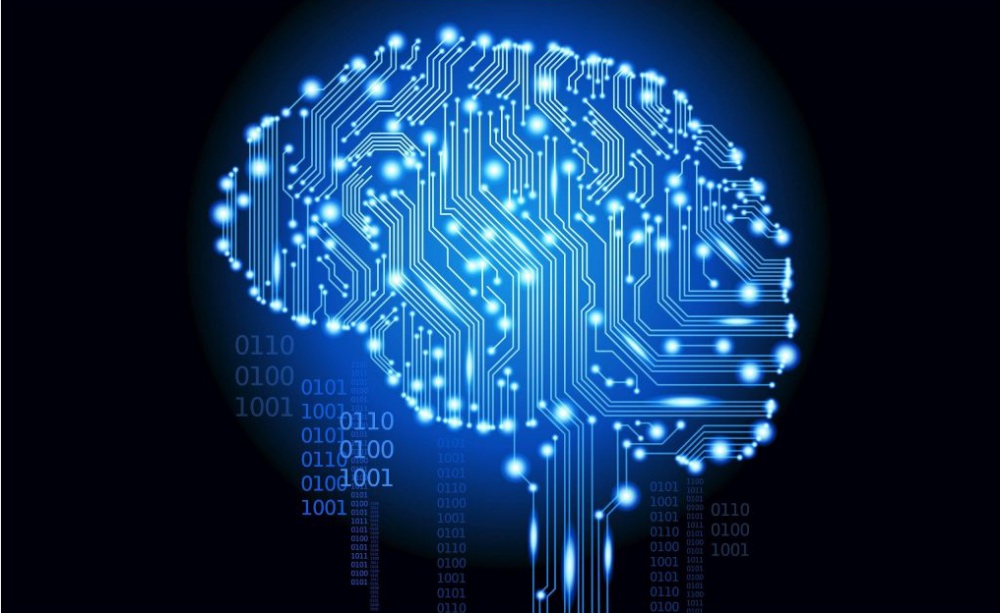Artificial Intelligence is a good boardroom topic since it is considered an enabler of business transformation. But AI also ties in to cloud and data – you can’t have AI without getting your cloud and your data sets right. The fact is, most organisations are just beginning their cloud journeys and are struggling to get their AI projects off the ground. If you investigate, you’ll see these challenges: the accuracy of the AI algorithms is not good enough, because the various data sets are inadequate; the algorithm needs more training; the AI applications are running in different environments. There is a need to create deep neural networks from scratch, and the shortage of skills holds back AI scaling. A recent study of 5,000 C-level executives by IBM shows that 82 percent of businesses surveyed are considering using artificial intelligence, but 63 percent lack the in-house talent to confidently manage the technology. Also, 60 percent are hindered by concerns over trust and compliance.
And then, there is a connection to the cloud.
“I think AI is a natural extension to any cloud journey,” opines Subram Natarajan, CTO of IBM India/SA. “AI becomes more powerful when run on cloud. The same methodologies associated with cloud, whether it is the development part or deployment part, are fully applicable in a cloud-native AI development environment as well.”
Scratching the surface

Subram Natarajan, CTO of IBM India/SA
CIOs know that technologies like AI and blockchain will add a lot of value to cloud deployments and bring value to business. But for that to happen, they need to advance their cloud journeys. For many, those journeys are at the early stages.
“From our perspective, we see that companies are just scratching the surface in the cloud journey now. They are just thinking of 10 – 20% of what is happening as part of their enterprise transformation. And their focus is on the low hanging fruit, associated with Infrastructure as a Service (IaaS). What we are seeing or pushing as the next wave of customers is really in harnessing the real value of cloud, especially in the higher value stack, especially in AI, blockchain and those areas,” said Natarajan.
He says customers do not have a clear point of view of how to do this. When it comes to Platform as a Service (PaaS) they always ask questions about the kind of value these emerging technologies will bring to the business.
“Gone are the days when technology adoption was happening just for technology’s sake. There must be a strong correlation to business value, that each of these transformations bring about,” said Natarajan.
Acknowledging the challenges that its customers were having with AI adoption, IBM introduced a new technology platform called AI OpenScale. The platform addresses key challenges of AI adoption, such as concerns over how AI applications make decisions, the global shortage of AI skills and the complexities of working with disparate AI tools from multiple vendors.
The solution
Acknowledging the challenges that its customers were having with AI adoption, IBM introduced a new technology platform last month (October) called AI OpenScale. The platform addresses key challenges of AI adoption, such as concerns over how AI applications make decisions, the global shortage of AI skills and the complexities of working with disparate AI tools from multiple vendors. It will enable companies to manage AI transparently throughout the full AI lifecycle, irrespective of where their AI applications were built, or in which environment they currently run. AI OpenScale can detect and address bias across the spectrum of AI applications, as those applications are being run.
As part of AI OpenScale, IBM will debut NeuNetS, what it calls “a major scientific breakthrough” in which AI builds AI – making it possible to create complex, deep-neural networks from scratch. This will help address the AI skills gap and accelerate scaling AI.
“When we spoke to customers, we realised that the skills shortage is one of the biggest impediments, as they start the AI adoption. There is a shortage of in-house skills, and even in the market. We have been thinking about how to make this scale. We thought about using AI to develop AI, including machine learning. The specific technology for that is NeuNetS. It automatically creates customized neural network models using the latest training data from businesses,” said Natarajan.
IBM claims companies will be able to adopt AI faster by using this tool to create AI models, instead of creating those from scratch.
“The traditional way is that data scientists will look at data, try to clean it, model it, and then try to create a program using R, Python etc and then eventually deploying it on a runtime. All of that can be accelerated a lot with NeuNetS. It allows the customers to fast track this development of neural network models,” added Natarajan.
Conclusion
IBM isn’t the only one providing technology platforms and tools to help enterprises accelerate AI or machine learning adoption. Amazon Web Services offers a tool called SageMaker to accelerate the development of machine learning models and algorithms.
The shortage of skills and long learning curves should not be an impediment to organisations who want to accelerate AI adoption and build scalable models. Tools like SageMaker and NeuNetS should now mitigate those challenges. But apart from that, other challenges must be addressed such as making AI a culture in the organization, introducing transparency, as well as compliance.









